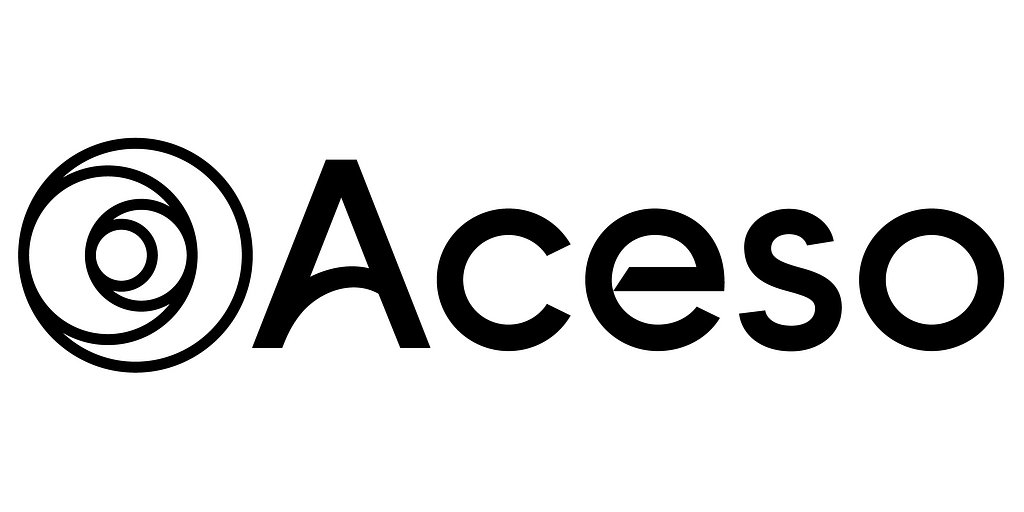
Connected Care: HP and Aceso Partner to Reimagine the Patient Experience
A new partnership integrates interactive patient engagement software with HP’s video collaboration tools, aiming to improve communication, streamline workflows, and enhance care delivery for hospitals of all sizes.
Connected Care: HP and Aceso Partner to Reimagine the Patient Experience
NEW YORK, NY – November 18, 2025
Transforming the Patient Room: Beyond Basic Telehealth
The hospital room of the future is getting a significant upgrade. Aceso Interactive, a provider of patient engagement software, has partnered with HP to integrate its platform with HP | Poly video collaboration solutions. This move signals a shift beyond basic telehealth, aiming to create a more connected and immersive experience for patients, families, and care providers. The integrated solution is designed to streamline workflows, improve communication, and ultimately, enhance patient outcomes. While telehealth proved essential during the pandemic, many solutions remained transactional. This partnership aspires to build on that foundation, creating a true continuum of care through interactive technology.
“We’re seeing a growing demand for solutions that can truly personalize the patient experience,” says one healthcare administrator familiar with the integration, speaking anonymously. “It's no longer enough to simply provide access to a doctor via video conference. Patients want to be informed, engaged, and empowered in their own care.”
A Deeper Dive into the Integration
The core of the new system lies in Aceso’s platform, which delivers interactive content directly to patients through in-room televisions. This includes educational materials, personalized updates, entertainment options, and tools for communication with care teams. By integrating this with HP | Poly's video conferencing capabilities, the system enables more robust and dynamic interactions. Healthcare professionals can easily connect with patients remotely, conduct virtual consultations, and deliver personalized care plans, all within a familiar and accessible interface. The system aims to reduce the need for in-person visits for routine check-ins or updates, freeing up valuable time for healthcare staff and improving patient convenience.
“The integration isn’t just about adding video,” explains a source close to the development. “It's about creating a unified platform that seamlessly blends interactive content with real-time communication. This allows for a much more engaging and informative experience for the patient.”
HP's strategic focus on healthcare has been evident in recent years. The company has been investing in purpose-built hardware, strategic partnerships, and cloud-based solutions designed to address the unique needs of the healthcare industry. Their acquisition of Poly significantly boosted their capabilities in audio and video collaboration, making them a natural partner for Aceso. This also aligns with their broader strategy of providing holistic solutions for remote patient monitoring and virtual care.
Scalability and Market Positioning
One of the key strengths of the integrated solution is its scalability. Both Aceso and HP have a proven track record of serving clients of all sizes, from small rural hospitals to large multi-system healthcare networks. Aceso’s platform is designed to be flexible and adaptable, allowing hospitals to customize the solution to meet their specific needs. HP | Poly’s enterprise-grade video conferencing tools are built to handle high volumes of traffic and ensure reliable performance, even in demanding environments. This ensures that the system can scale as a hospital’s needs evolve.
However, the patient engagement software market is incredibly competitive. Established players like Solutionreach, Relatient, and Epic MyChart are already dominant forces. Aceso differentiates itself by focusing on interactive content and seamless integration with video conferencing. This approach allows them to offer a more immersive and engaging experience than traditional patient engagement platforms. While the company isn't consistently featured among the top tier of providers, its specialization offers a unique value proposition.
“There’s a lot of noise in the patient engagement space,” says one industry analyst. “Aceso is trying to cut through that noise by focusing on creating a truly interactive experience that goes beyond basic notifications and reminders.”
The partnership positions both companies to capitalize on the growing demand for virtual care solutions and the shift towards more patient-centered care models. The integration is not merely about replacing existing systems; it’s about augmenting them and creating a more connected and comprehensive care ecosystem. This emphasis on integration is crucial, as healthcare providers increasingly seek solutions that can seamlessly connect disparate systems and improve data sharing.
While the initial focus is on hospitals, both companies see potential for expanding the solution to other healthcare settings, such as outpatient clinics, rehabilitation centers, and even home healthcare. The ability to deliver personalized care and improve communication, regardless of location, is a key driver of this expansion. This integration could also lead to better health literacy for patients, helping them better understand their conditions and actively participate in their treatment plans.
HP’s emphasis on security and data privacy is also a significant advantage in the healthcare market. The company has implemented robust security measures to protect patient data and ensure compliance with relevant regulations, such as HIPAA. This commitment to security is essential for building trust with healthcare providers and patients.
📝 This article is still being updated
Are you a relevant expert who could contribute your opinion or insights to this article? We'd love to hear from you. We will give you full credit for your contribution.
Contribute Your Expertise →